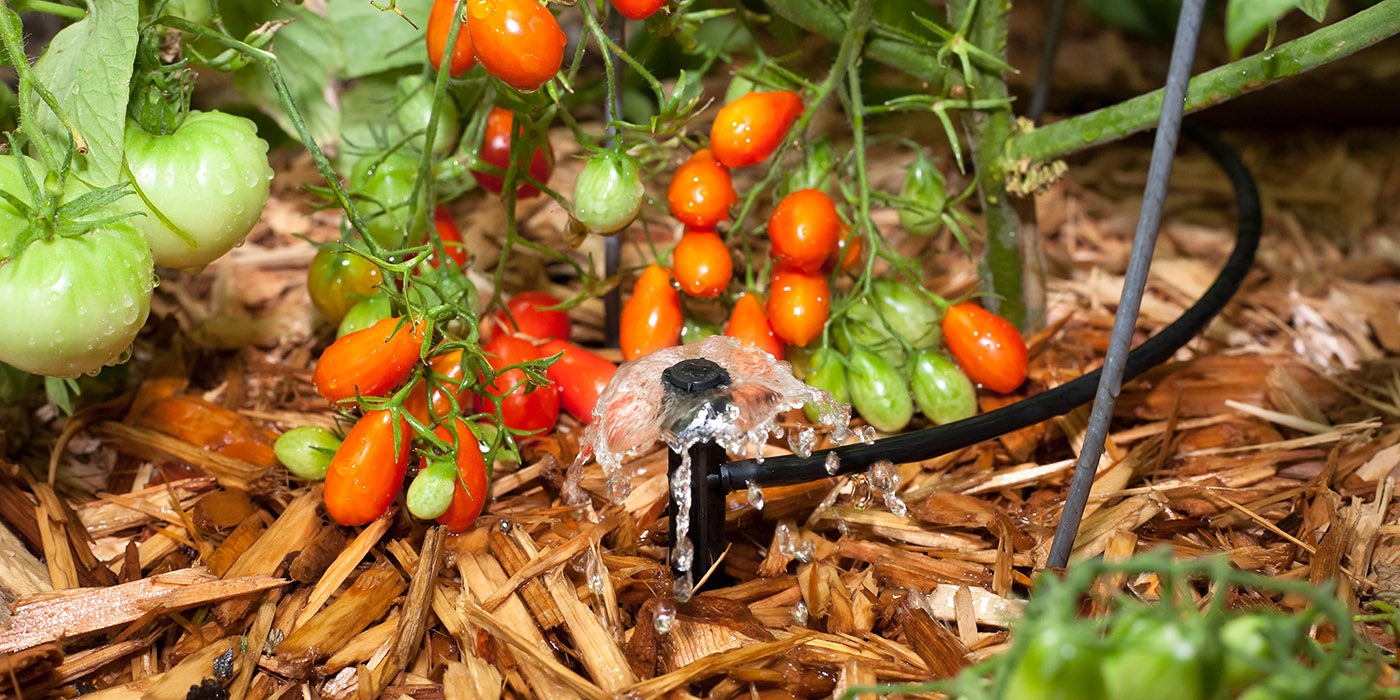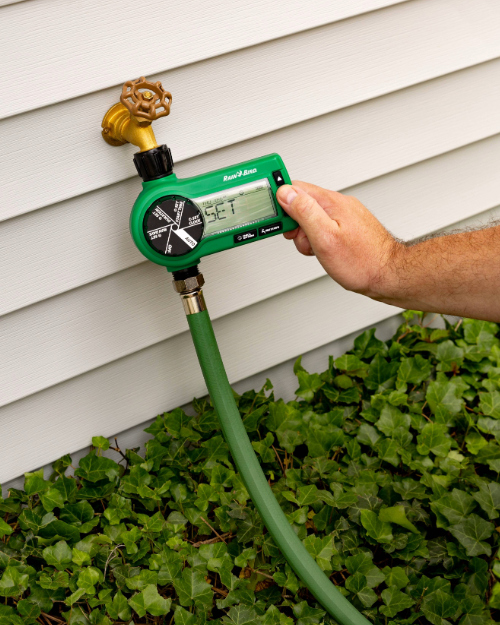How to Use Drip Irrigation to Efficiently Water Your Garden

Whether you are a beginner gardener or an experienced green thumb, it can be relaxing and satisfying to watch plants grow and bloom, and there's nothing like the taste of fresh vegetables straight from your own backyard. But watering your garden can be a lot of work, especially if you have a large plot. That's where drip irrigation comes in handy! In this article, we'll show you how to set up a simple drip irrigation system that will help water your garden more efficiently. Let's get started!
What is drip irrigation and how does it work?
Drip irrigation is one of the most efficient ways to water your garden. While a sprinkler can cover a large area, some of the water is wasted to evaporation and overspray to areas outside your garden. By using a system of tubing and emitters to directly water each of your plants, drip irrigation is a more efficient way to water your garden, conserve precious water and save you time and money.
Advantages of drip irrigation over other watering methods
When it comes to watering your garden, there are several methods to choose from. Each has its own advantages and disadvantages, but drip irrigation is often seen as the most efficient way to water plants. With drip irrigation, water is slowly and steadily delivered directly to the roots of plants, with very little waste, in contrast to other methods such as sprinklers, which can often result in water being lost to evaporation or runoff. In some cases, drip irrigation can reduce water consumption by as much as 30 percent compared to other watering methods, helping you save money on your water bill and reduce your impact on the environment.
 You can also use a timer to schedule your watering times, which will save you time and help you to avoid overwatering. The Rain Bird Electronic Garden Hose Watering Timer connects easily to automate your watering schedule.
You can also use a timer to schedule your watering times, which will save you time and help you to avoid overwatering. The Rain Bird Electronic Garden Hose Watering Timer connects easily to automate your watering schedule.
In addition, drip irrigation can be tailored to the specific needs of each plant, making it easier to provide the right amount of water. As a result, drip irrigation is often seen as the best way to ensure that plants receive the water they need without wasting valuable resources.
How to set up a drip irrigation system
To plan a drip irrigation system effectively, start by selecting the proper tubing and emitters for your needs. There are two main types of tubing: poly tubing, which is flexible and easy to work with, and rigid PVC pipe. Depending on your climate and the size of your garden, you might also consider using soaker hoses or emitter tubing, which release water slowly and evenly along their length.
Next, you'll need to select the right type of emitters for your plants. There are a variety of different types of emitters available, including bubblers, misters, and drip heads. Each type of emitter has advantages and disadvantages, so it's important to choose the one that best meets your needs. For example, misters can be used for delicate plants, while bubblers are a good choice for larger plants or ones that require high water pressure.
Once you have selected your tubing and emitters, you'll need to connect them together using T-connectors or elbow fittings. Be sure to make a note of the flow rate for each emitter, as this will help you determine how long to run your system each day. Most drip irrigation systems can be left on for several hours each day without damaging your plants.
Finally, you'll need to install your system. This process will vary depending on the type of system you are using, but in general, it is easiest to lay out your tubing and then attach the emitters. Drip irrigation emitters are available in a wide range of flow rates. Choose the rate that is appropriate for your garden and your plants and use the correct number of emitters to distribute water evenly across your garden space.
Once your system is installed, all that's left to do is set up a timer or connect your drip irrigation system to an automatic controller, allowing you to water your garden while you're away.
How to troubleshoot common problems with drip irrigation systems
If you are having trouble with your drip irrigation system, there are a few things you can do to troubleshoot the problem. The first thing to check is the tubing for leaks. A slow leak can waste a lot of water over time, so it's important to fix any leaks as soon as you find them.
Next, check the emitters and make sure they are working correctly. If you notice that your plants aren't getting enough water, try adjusting the flow rate on the emitters or using a different type of emitter.
Finally, pay attention to the weather when using drip irrigation. Because they are usually left running most of the day, you could overwater your garden if there is a sudden rainstorm. If you know bad weather is on the way, be sure to turn off your system or reduce the amount of water flow to avoid flooding your garden.
By following these tips, you can keep your drip irrigation system working properly and efficiently water your garden.
Tips for using drip irrigation in your garden
- Set up your drip irrigation system before planting. This will help you to avoid damaging roots and ensure that each plant gets the correct amount of water.
- Use a timer to automate your drip irrigation system. This will save you time and energy and help you to avoid over-watering or under-watering your plants.
- Replace leaking or clogged emitters regularly. This will help you to avoid wasting water and keep your plants watered properly.
- Use mulch to help conserve water. This will reduce evaporation and help the soil to retain moisture.
- Check your system regularly for leaks or clogs. This will help you to maintain a healthy and efficient drip irrigation system.
Using drip irrigation is a great way to improve the health and appearance of your plants. By following the tips above, you can learn how to use drip irrigation to efficiently water your garden and save money in the process.
